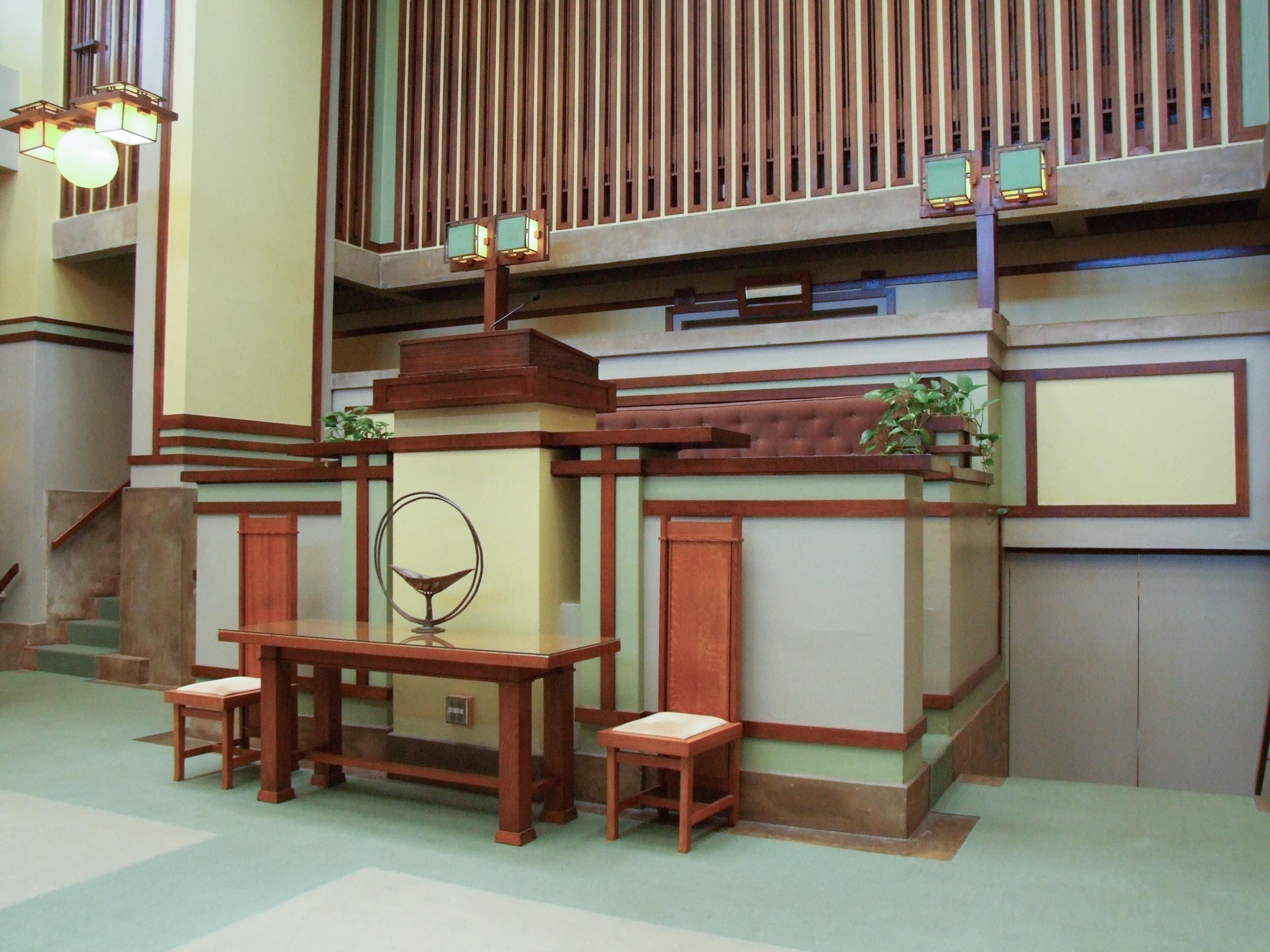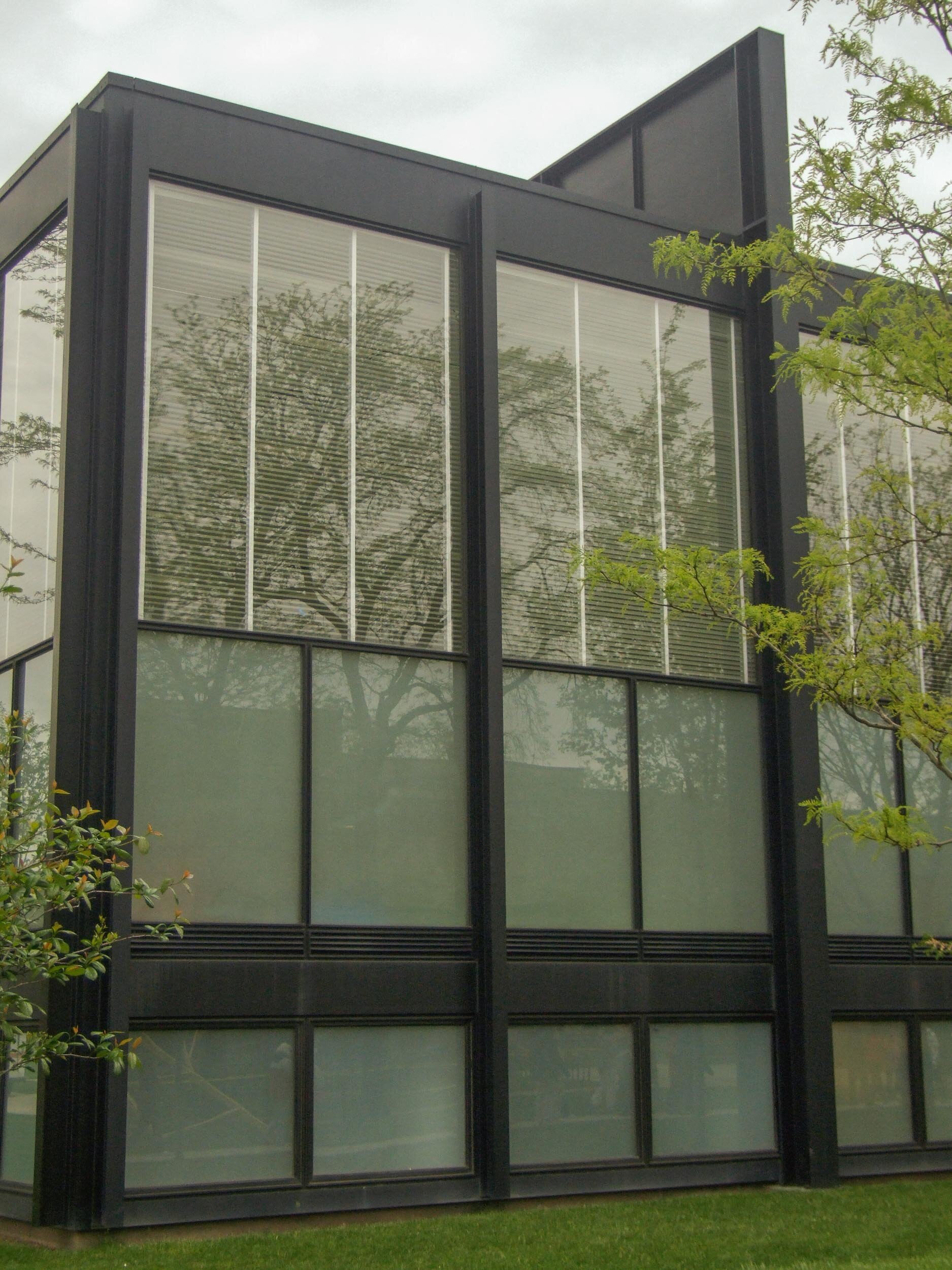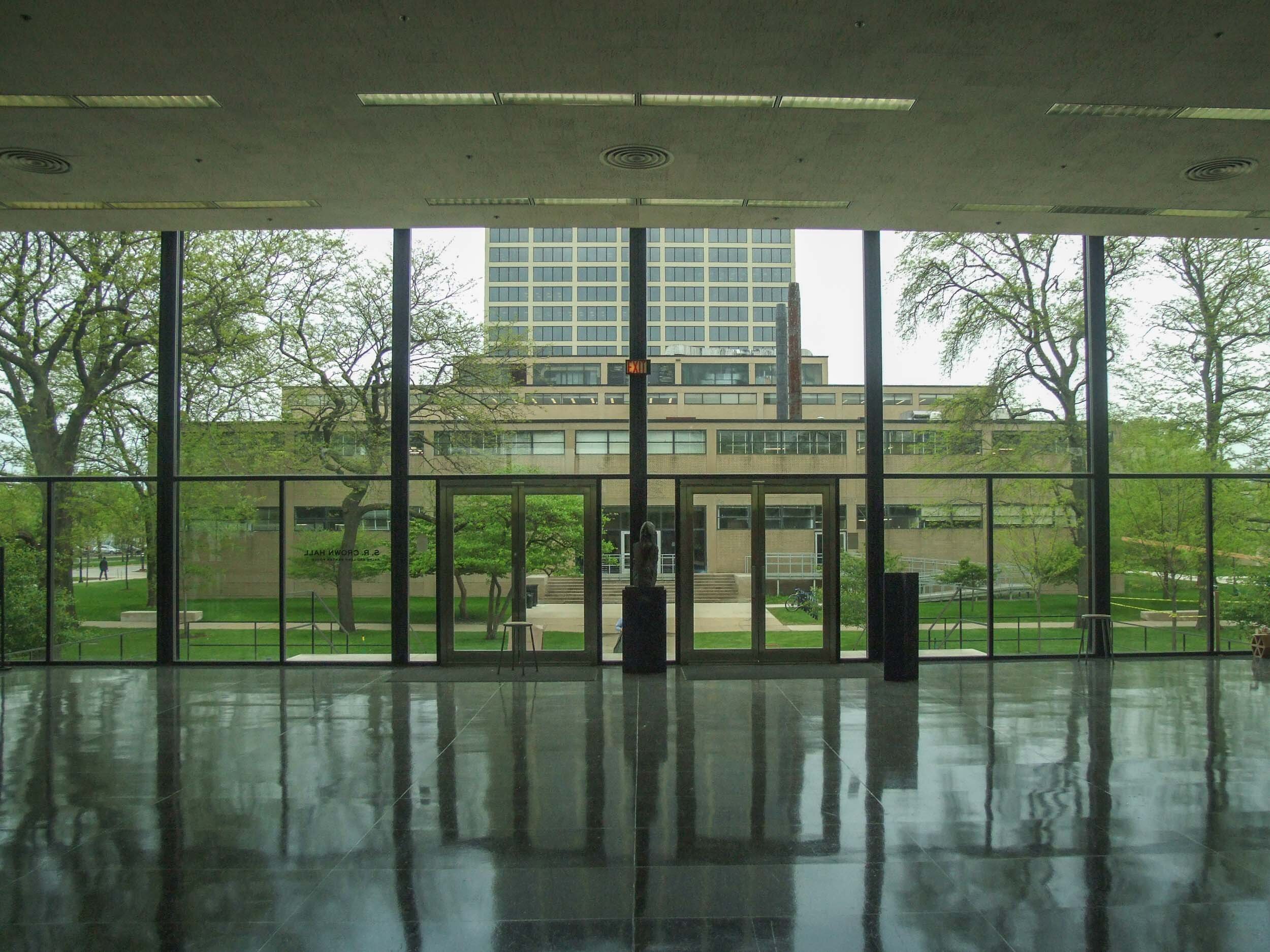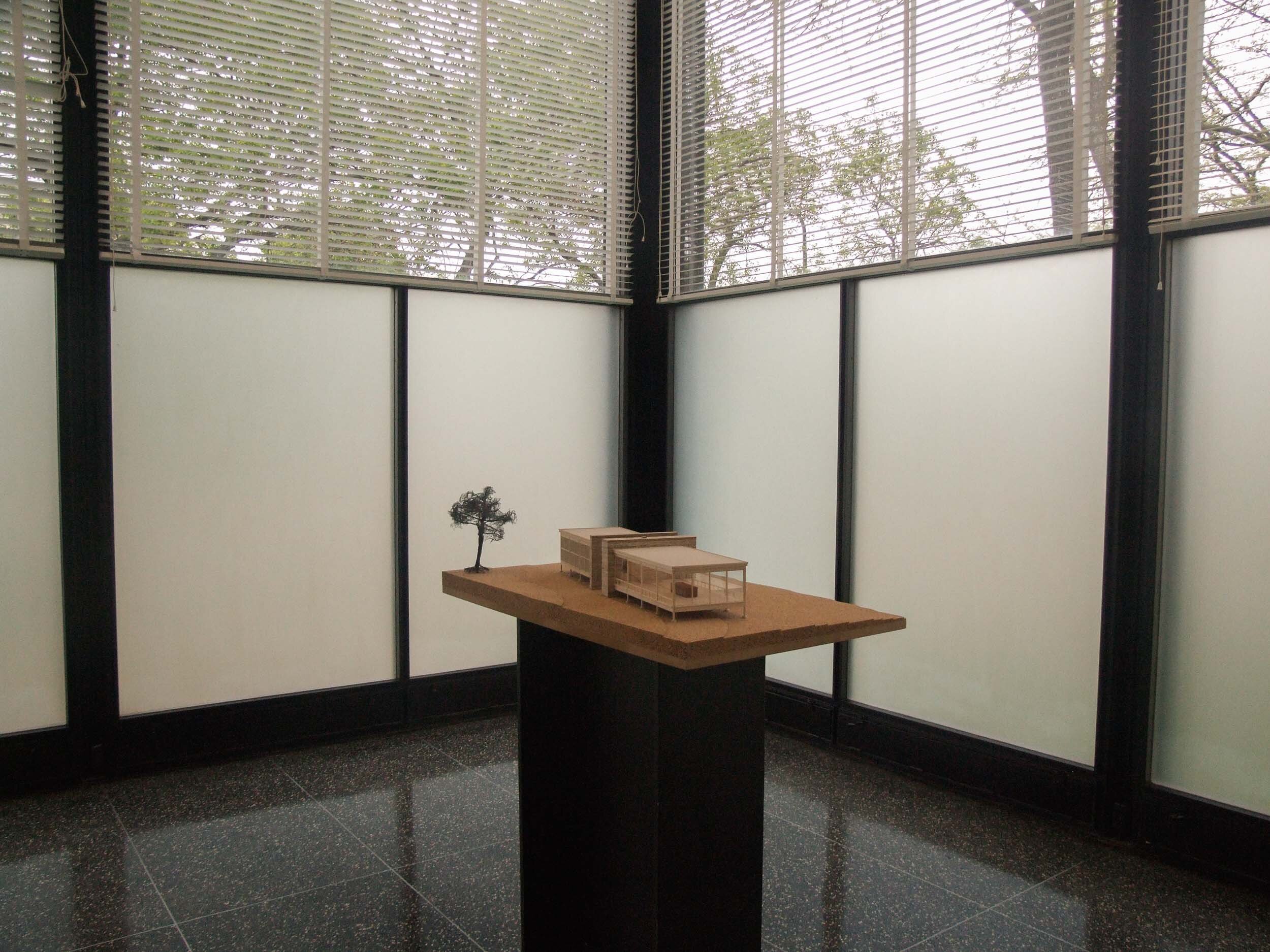Originally published January 9, 2018.
As a photographer of architecture, I often reflect on the nature of the built environment. One question I often ponder is what makes a building great. I find it interesting that some architectural works that are widely praised when initially proposed or build, later reveal some glaring flaws. It almost feels that their designers were unaware of the realities of the context of their works.
In the past few weeks, the Apple store in Chicago, designed by Sir Norman Foster, was featured in the news because it became an avalanche hazard to the customers . And you may recall the story from a few years ago when a concave facade of the “Walkie Talkie Building” in London became a reflective parabolic mirror, concentrating sunlight with enough power to melt a car. Then there is Santiago Calatrava’s World Trade Center Transportation Hub in New York. To me, it is a beautiful building, with a wast, airy, light-filled public space that also adds much-need architectural boldness to the otherwise uninspiring new construction at the former World Trade Center site. But when I learned that it cost $4 billion to build, and that was entirely footed by taxpayers, I started to wonder if it was a wise investment.
Unfortunately, these are not just isolated cases. While Chicago has long been an architectural laboratory, its brutal climate does not seem to be considered a significant factor by the architects working there. Frank Lloyd Wright’s Unity Temple, one of the most welcoming religious building in my opinion, had to undergo a costly renovation in recent years to repair its crumbling concrete walls and roof. When Wright designed the building, he decided to skip the expansion joints in the concrete structure for aesthetic reasons, but that was a terrible design decision for the wild annual temperature fluctuations in the Windy City. Likewise, Ludwig Mies van der Rohe’s S.R. Crown Hall at the Illinois Institute of Technology (IIT) had to undergo a controversial renovation at around the same time, one of the reasons for which was accumulated weather damage over fifty years of its existence. For example, the travertine marble on its steps had to be replaced because it has crumbled, while in Italy the same materials holds up pretty well for millennia in a milder environment. And cost overruns are probably as old as architecture itself. The iconic Sydney Opera House is a classic example, not least due to the architectural design not being entirely finished when the construction started.




But nothing is easier than making sweeping critical judgements about the work of others from the comfort of a couch while safely hiding behind a computer screen and having no professional expertise in field. To be fair, everyone makes mistakes, and innovation is impossible without experimentation, not all of which will be successful. Despite of all I have said above, I have the deepest respect for the hard work, groundbreaking vision and innovation that architects, engineers and their numerous teammates put into their projects.
Yet I wonder if we, as a society, should formulate expectations for architecture that is sustainable not just in the environmental and energy saving sense, but from the perspective of practicality and realism as well. Would the proposed design last a century or more, or would it require costly emergency repairs in a few decades? What would it take to keep the building’s appearance as intended in the long run?Are there any issues that an architect failed to foresee? Have the innovative solutions and materials been tested by independent experts and in realistic circumstances? Would custom-made construction equipment be required to erect this building? This is especially critical for public and publicly-funded project, where the people at large are the ultimate clients, or for the ones built in the public context, like a city, where the general public is an important stakeholder. And I know these factors are already been considered by architects and their clients, all I am suggesting is that we look at them in greater depth. Would the aesthetic and emotional impacts of the buildings take a hit as a result? Possibly, but creativity also flourishes under constraints. As Lois Sullivan famously said, form ever follows function. We just need to define more broadly what function is, to include the building’s context in space and time as well.


